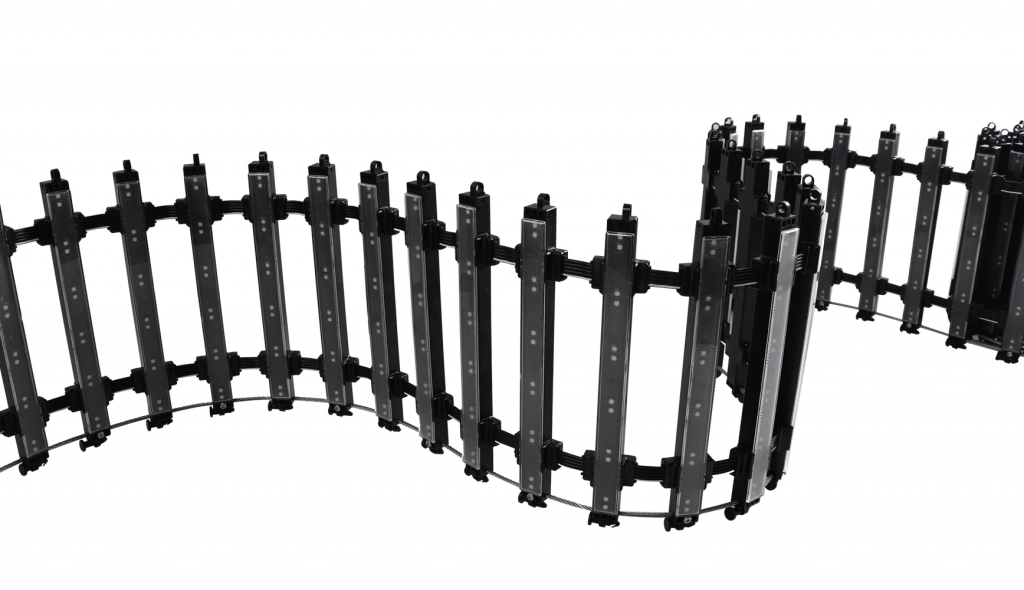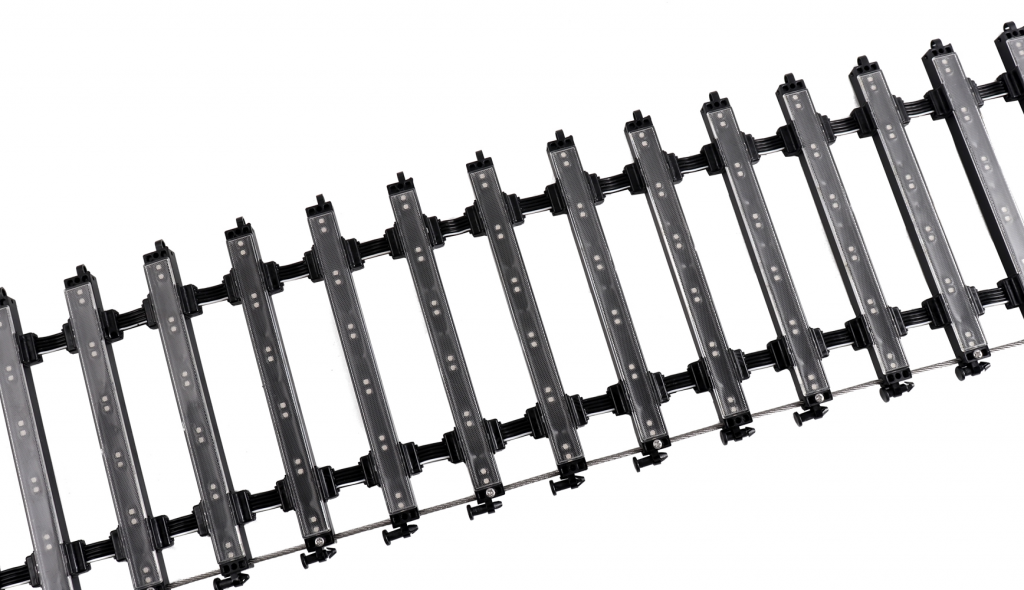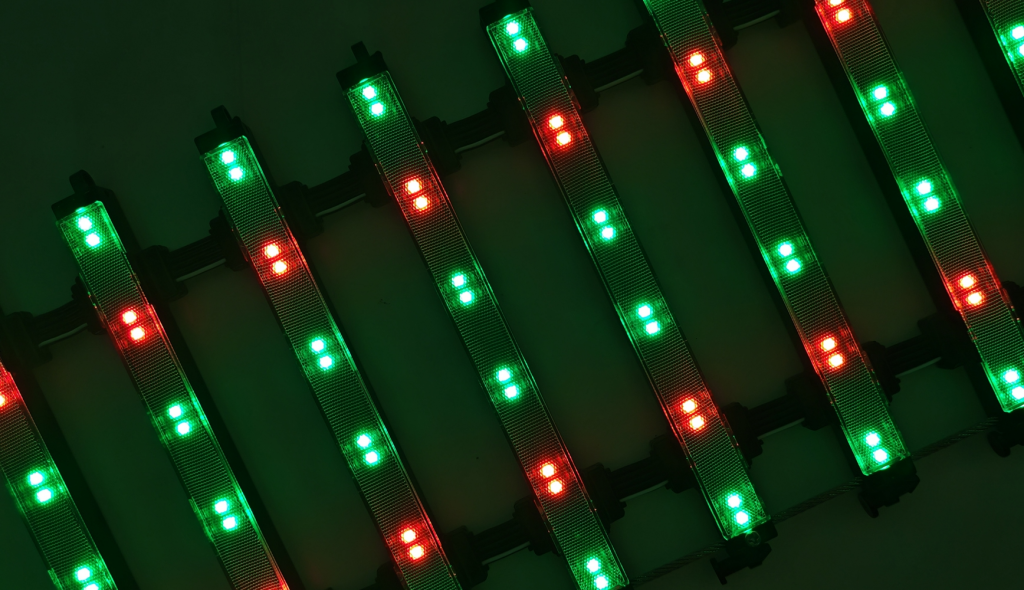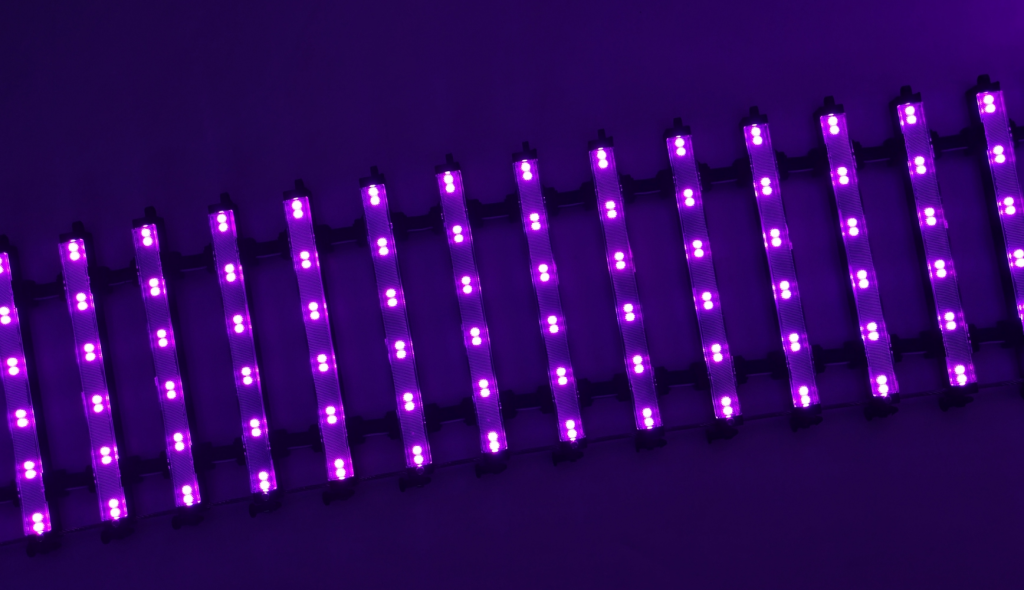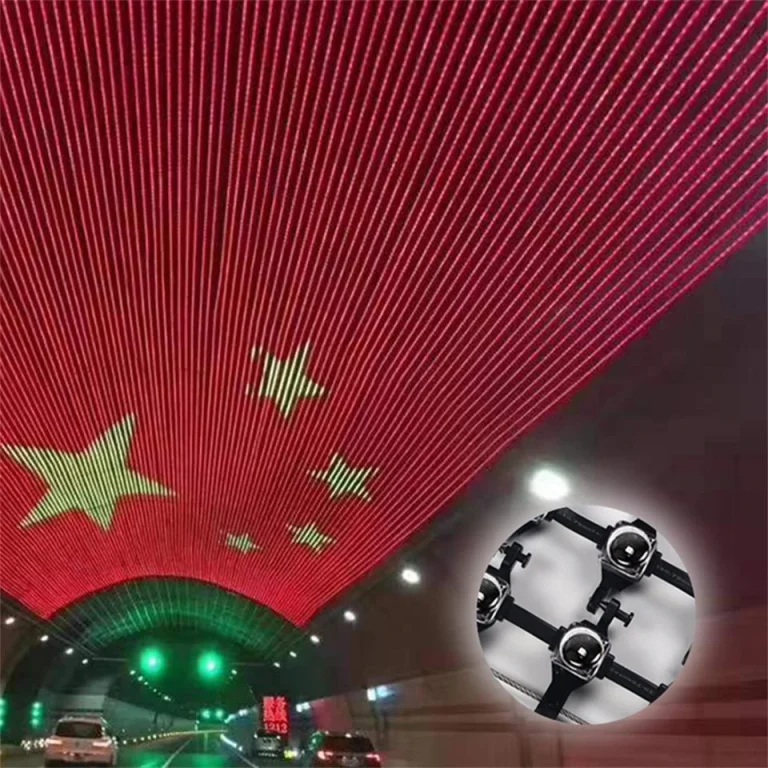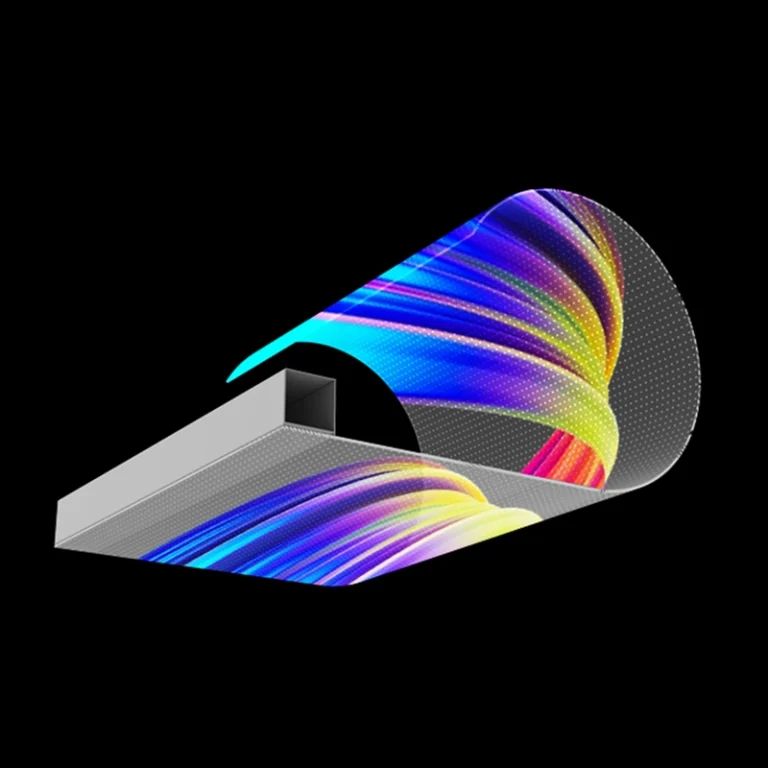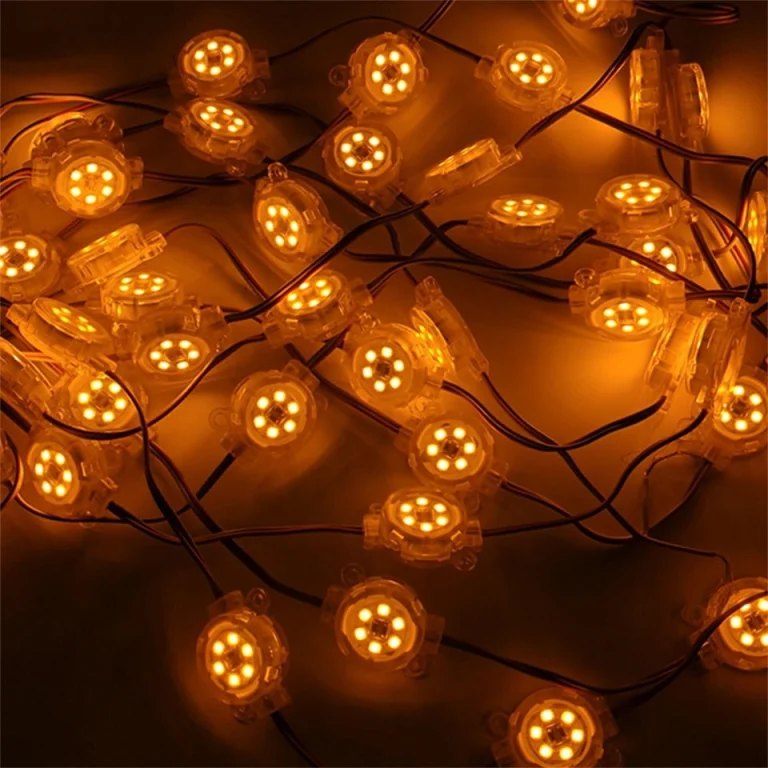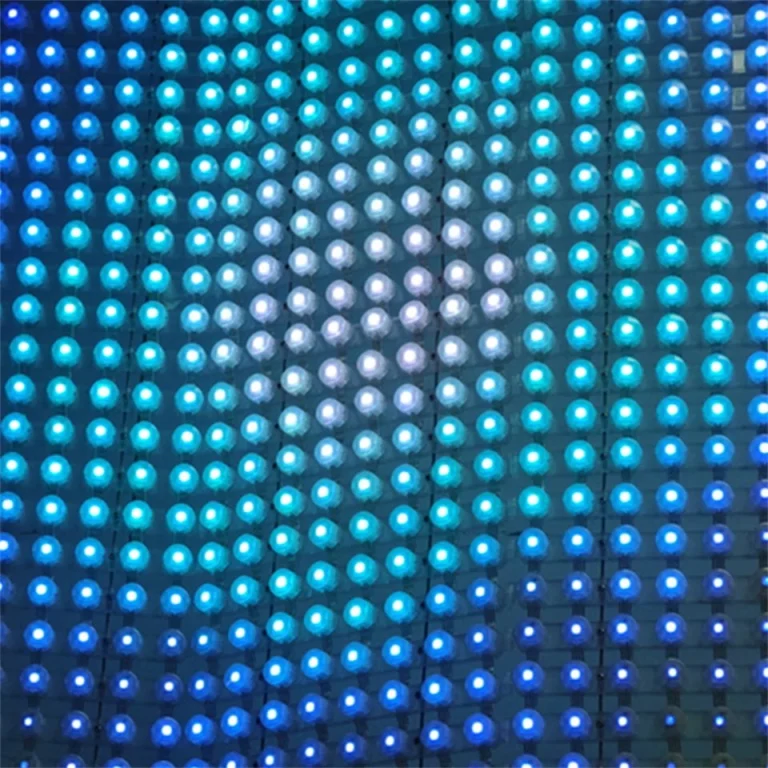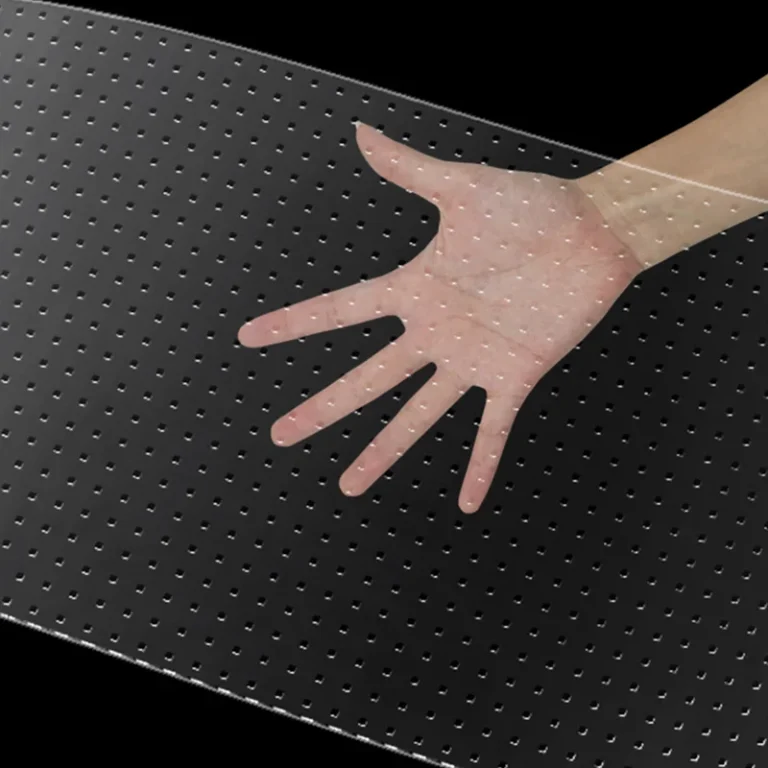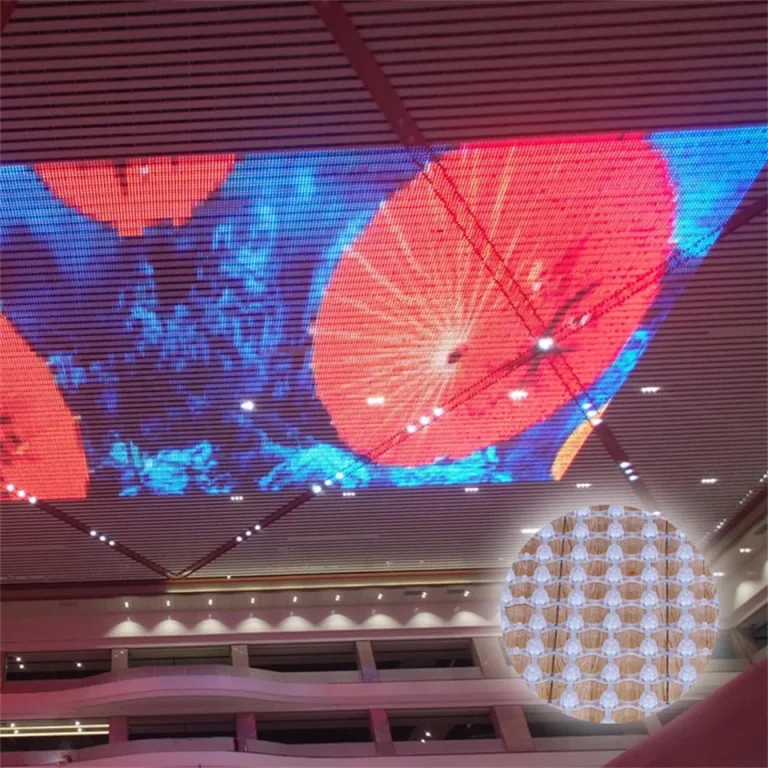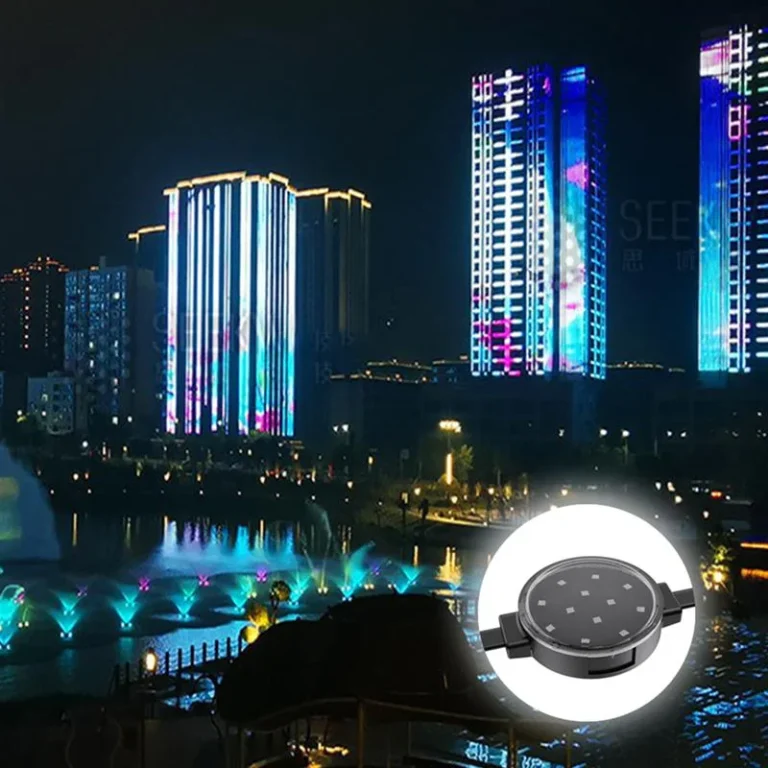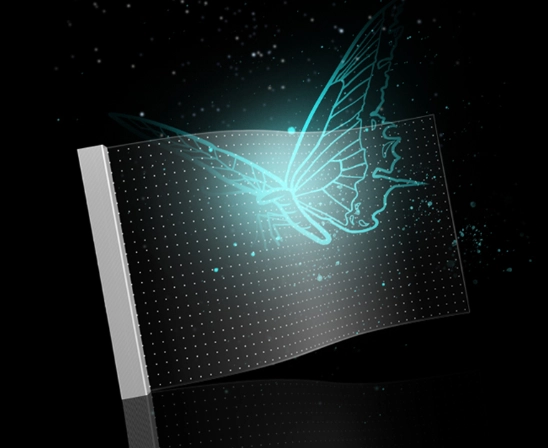A point light source refers to an important element in an optical system, which is the place where light is generated. In computer graphics and optical design, point sources are commonly used to simulate the emission of light, and the light they emit is scattered from a point in various directions.
In computer graphics, point light sources are used to simulate real-world light sources, such as light bulbs or the sun. When rendering a scene, point lights can provide lighting effects for objects in the scene, presenting a realistic image.
The characteristics of point light sources include:
Light is scattered from a point in various directions, similar to spherical emission of light.
The intensity of light decreases with increasing distance, following the law of light attenuation.
When calculating shadows, point lights produce changes in brightness, making the outline of the object clearer.
In optical design, point light sources are also used to simulate the behavior of actual light sources, such as in lighting systems or optical sensors. By modeling and analyzing the characteristics of point light sources, it is possible to better understand the performance of optical systems and optimize their design.
Overall, point light sources play an important role in computer graphics and optical design, as they can help simulate real-world lighting effects and optimize the design and performance of optical systems.
The historical trajectory of point light sources can be traced back to the early stages of human civilization. Here are some important historical nodes of point lights:
1:In ancient times, the earliest light sources used by humans were torches, torches, etc., which were used for lighting and heating. These point light sources use combustible materials such as wood, animal fat, etc. as fuel and can provide light within a limited range.
2:Ancient Civilization: Ancient civilizations such as Egypt, Greece, and Rome also used various forms of point light sources, including oil lamps and candles. These light sources are more stable and long-lasting compared to torches and torches, providing humans with longer periods of illumination.
3:Middle Ages: In the Middle Ages, candles became one of the main point light sources. With the improvement of candle making technology and research on candle materials, the lighting effect of candles has been improved.
4:Modern development: With the arrival of the Industrial Revolution, point light sources have further developed. New types of lighting equipment such as gas lamps and kerosene lamps are widely used, providing more convenient and efficient lighting methods for factories, streets, and households.
5:Electrification era: From the late 19th century to the early 20th century, with the development of power technology, electric lights gradually replaced traditional point light sources. The invention of Thomas Edison and other scientists made electric lights the primary mode of illumination, completely changing the way humans live.
6:Modern: With the development of LED (light-emitting diode) technology, point light sources have ushered in new changes. LED lights have the advantages of high efficiency, energy conservation, and long lifespan, gradually replacing traditional incandescent and fluorescent lamps and becoming one of the mainstream lighting equipment.
Overall, the historical trajectory of point light sources reflects the continuous exploration and innovation of human beings towards light sources. From the initial torches to modern LED lights, lighting technology is constantly evolving, providing humans with more comfortable, convenient, and efficient lighting methods.
Point light sources usually require supporting facilities and accessories to ensure their normal installation and operation. These supporting facilities can include:
1:Installation bracket or fixed seat: A bracket or fixed seat used to install a point light source on walls, ceilings, or other supports. These brackets or fixed seats are usually made of metal and have sufficient strength and stability.
2:Connecting wires: used to connect the wires between a point light source and a power source. These wires are usually insulated to prevent short circuits and electric shock accidents. They are usually made of conductive materials such as copper, which have sufficient conductivity and durability.
3:Power adapter: a device used to provide the power supply required for a point light source. The power adapter can convert the AC power provided by the power grid into the DC power required by the point light source, and provide stable voltage and current output.
4:Controller: A device used to control the switching, dimming, and color adjustment functions of a point light source. The controller can be a physical switch, a remote control, or an intelligent device that can be remotely controlled through mobile applications and other means.
5:Waterproof kit: If the point light source is installed in a damp or dusty environment, a waterproof kit can be equipped to protect electrical components from moisture and dust.
Heat sink: For some high-power point light sources, a heat sink may be required to effectively dissipate heat and maintain the normal operating temperature of the point light source.
6:Safety accessories: such as screws, expansion bolts and other fixed equipment, as well as electrical safety accessories such as insulation tape and insulation sleeves, used to ensure the safe and reliable installation and use of point light sources.
7:Supporting software: For some smart point light sources, supporting mobile applications or computer software may be required to achieve remote control, timing switch and other functions.
Depending on the specific type, purpose, and installation environment of the point light source, different supporting facilities may be required. When selecting and installing supporting facilities, it is recommended to refer to the manufacturer’s guide and installation manual of the point light source to ensure equipment compatibility and safety.
The installation method of point light sources depends on the specific application scenario and lamp type. The following are several common installation methods for point light sources:
1:Pendant/Hanging Light: Pendant lights are usually fixed to the ceiling through suspension rods or chains and connected to a power source using wires. During installation, it is necessary to ensure that the weight of the chandelier can be supported and that the wires are securely connected.
2:Table lamp/table lamp: Table lamps are usually placed directly on a desktop or other flat surface and connected to a power source through wires. During installation, attention should be paid to the wiring of the wires to avoid crossing or tripping.
3:Wall lamp/wall mounted lamp: The wall lamp is fixed to the wall through a bracket and connected to the power supply using wires. During installation, it is necessary to ensure that the position and height of the wall lamp meet the design requirements, while paying attention to the concealment and safety of the wires.
4:Ground lamp/buried lamp: Ground lamps are usually buried or fixed on the ground and connected to the power supply through underground wires. When installing, it is necessary to consider the waterproof performance of the lighting fixtures, as well as the depth of underground wire laying and protective measures.
5:Projection lights/spotlights: Projection lights are usually installed on walls, floors, or ceilings, through brackets or fixed bases, and connected to a power source using wires. During installation, it is necessary to locate and adjust according to specific lighting requirements and scene requirements.
6:LED light strip: LED light strips can be fixed to a flat or surface using adhesive on the back, or can be clamped with brackets or fixing clips. During installation, it is necessary to ensure that the position and wiring of the light strip meet the design requirements, and pay attention to the connection and layout of the power supply and controller.
In general, the installation methods of point light sources have their own characteristics and need to be selected and adjusted according to specific situations and needs, while ensuring the safety and reliability of the installation process. When installing a point light source, it is recommended to follow the relevant installation instructions and standards. If you are unsure of the installation method, it is best to have a professional install it.

